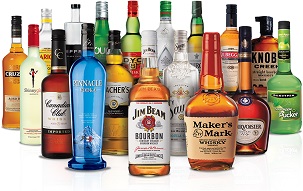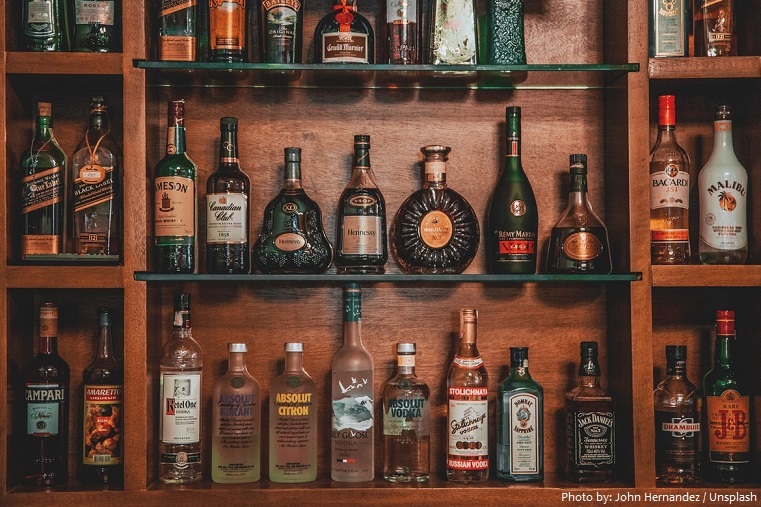
An alcoholic drink is any fermented liquor such as wine beer or distilled spirits that contains ethyl alcohol or ethanol as an intoxicating agent.
Alcoholic drinks are fermented from the sugars in fruits, berries, grains, and such other ingredients as plant saps, tubers, honey, and milk and may be distilled to reduce the original watery liquid to a liquid of
much greater alcoholic strength.
Beer is the best-known member of the malt family of alcoholic beverages, which also includes ale, stout, porter, and malt liquor. It is made from malt, corn, rice, and hops. Beers range in alcoholic content from about 2 percent to about 8 percent.
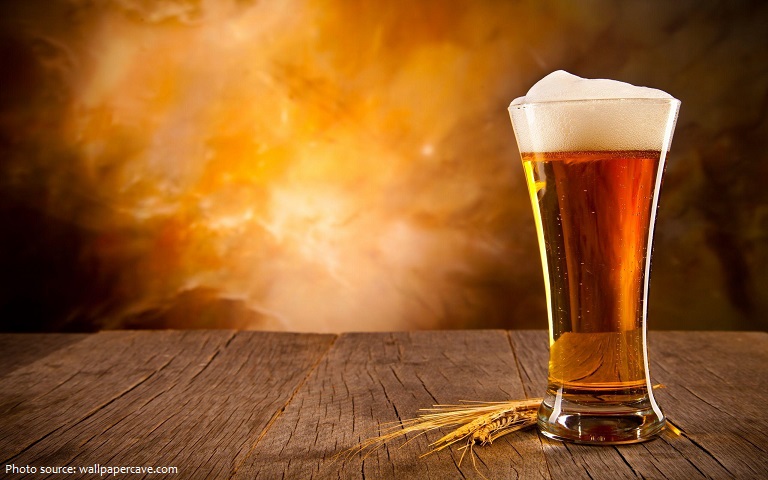
Wine is made by fermenting the juices of grapes or other fruits such as apples (cider), cherries, berries, or plums. Winemaking begins with the harvest of the fruit, the juice of which is fermented in large vats under rigorous temperature control. When fermentation is complete, the mixture is filtered, aged, and bottled. Natural, or unfortified, grape wines generally contain from 8 to 14 percent alcohol – these include such wines as Bordeaux, Burgundy, Chianti, and Sauterne. Fortified wines, to which alcohol or brandy has been added, contain 18 to 21 percent alcohol – such wines include sherry, port, and muscatel.
Sake also referred to as Japanese rice wine is an alcoholic beverage made by fermenting rice that has been polished to remove the bran. Despite the name, Japanese rice wine, sake is produced by a brewing process more akin to that of beer then to wine. The old adage is, “sake is brewed like a beer but drunk like a wine”. The alcohol content differs between sake, wine, and beer – while most beer contains 3–9% percent alcohol, wine generally contains 9–16% percent alcohol, and sake contains 15–22% percent alcohol.
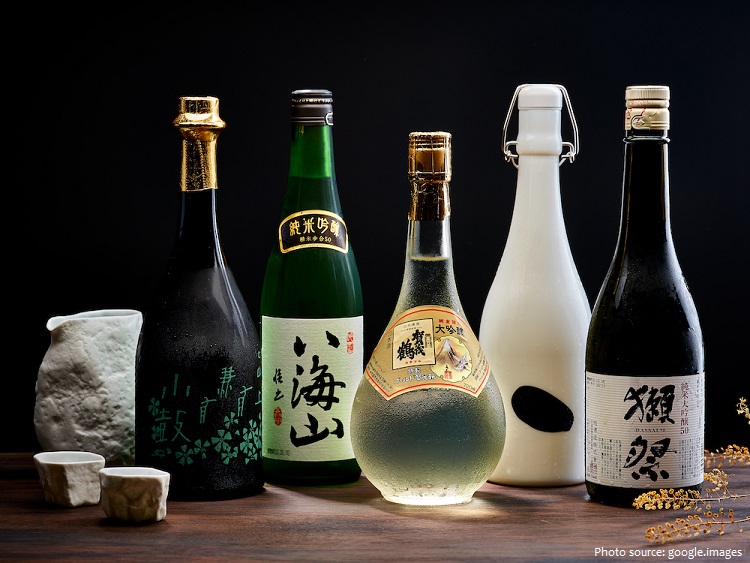
Cider is an alcoholic drink made from fermented apple juice. Cider alcohol content varies from 1.2% to 8.5% percent alcohol or more in traditional English ciders. In the 19th Century cider was advertised as a cure for the gout and other illnesses.
Whiskey is a type of distilled alcoholic beverage produced from fermented grain and aged in wooden barrels. The origin of whiskey began over 1000 year ago when distillation made the migration from mainland Europe into Scotland and Ireland via traveling monks. The Scottish and Irish monasteries, lacking the vineyards and grapes of the continent, turn to fermenting grain mash, resulting in the first distillations of modern whisky.
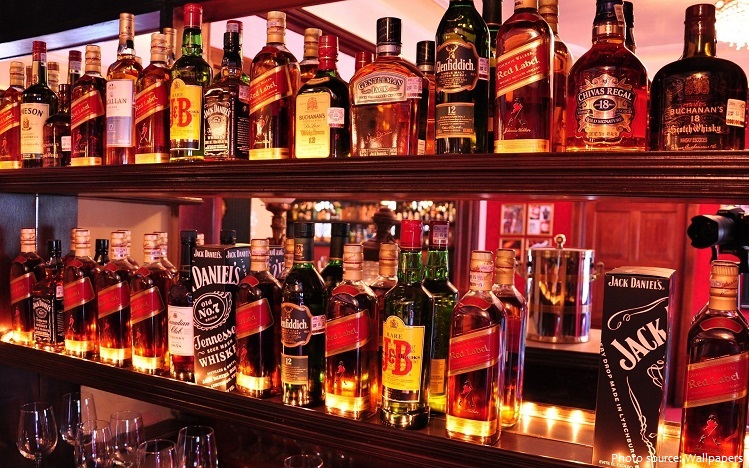
Bourbon is a type of American whiskey, a barrel-aged distilled spirit made primarily from corn. It must be created from a mash (a mixture of fermentable grain) that is at least 51% corn. The other 49% is usually a
mixture of barley, rye, or wheat.
Vodka an alcoholic spirit made by distillation of cereal grains or potatoes that have been fermented, though some modern brands use other substances, such as fruits or sugar. The word Vodka is derived from the Slavic word Voda, meaning “water,” then K was added and it became Vodka.
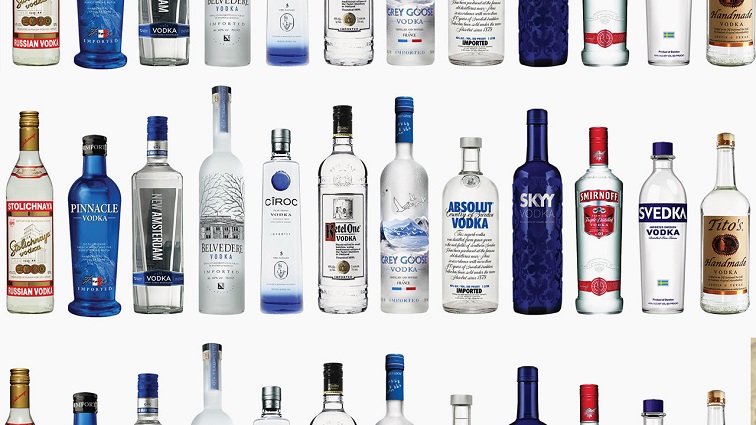
Brandy is a spirit produced by distilling wine or fermented fruit juice. Based on the region and the fruit, brandy can be divided into several categories: Cognac, Armagnac, American Brandies, and fruit brandies.
Brandy generally contains 35–60% percent alcohol but most brandies are bottled at 40 % percent alcohol. The origins of brandy were clearly tied to the development of distillation. While the process was known in classical times, it wasn’t used for significant beverage production until the 16th century.
Cognac dates back to the 16th century when Dutch settlers came to this French region to purchase salt, wood, and wine. However, the journey back home made preserving the wine difficult and they needed to find a better way to conserve it. They started by distilling the wine into eau-de-vie, which was a good solution for preservation, but eventually they realized a second distillation made for an even finer, more elegant and pleasant product. This is essentially the birth of brandy. In fact, the word “brandy” comes from the Dutch word “brandewijn” which means burnt wine.

Tequila is a distilled spirit made from the cooked and fermented juice of the blue agave, a spiky Mexican plant which resembles a cactus. Blue agave grows primarily in the area surrounding the city of Tequila, 65 kilometers (40 mi) northwest of Guadalajara, and in the highlands (Los Altos) of the central western Mexican state of Jalisco. Mexican laws state that tequila can only be produced in the state of Jalisco and limited municipalities in the states of Guanajuato, Michoacán, Nayarit, and Tamaulipas.
Gin is a clear alcoholic spirit which derives its predominant flavour from juniper berries. The name gin is a shortened form of the older English word genever, related to the French word genièvre and the Dutch word jenever. All ultimately derive from juniperus, the Latin for juniper. The first confirmed date for the production of gin is the early 17th century in Holland, although claims have been made that it was produced prior to this in Italy.
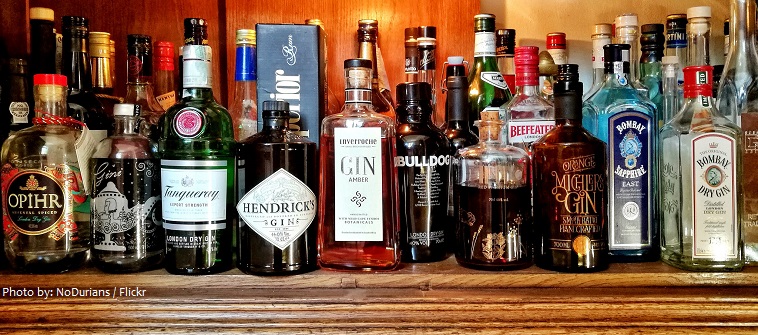
Absinthe is an alcoholic drink made from grand wormwood (Artemisia absinthiumd) and a range of other herbs such as fennel, anise, melissa and hyssop. Actual recipes have always varied by country and manufacturer, as has the quality of each absinthe brand. Absinthe traditionally has a natural green color but may also be colorless. The first clear evidence of absinthe in the modern sense of a distilled spirit containing green anise and fennel, dates to the 18th century.
Rum is a distilled alcoholic beverage made from sugarcane by-products, such as molasses or honeys, or directly from sugarcane juice, by a process of fermentation and distillation. Sugarcane was first introduced to the Caribbean in 1493 by Christopher Columbus. The first distillation of rum took place on the sugarcane plantations of the Caribbean in the early 17th century. Tradition suggests rum first originated on the island of Barbados.
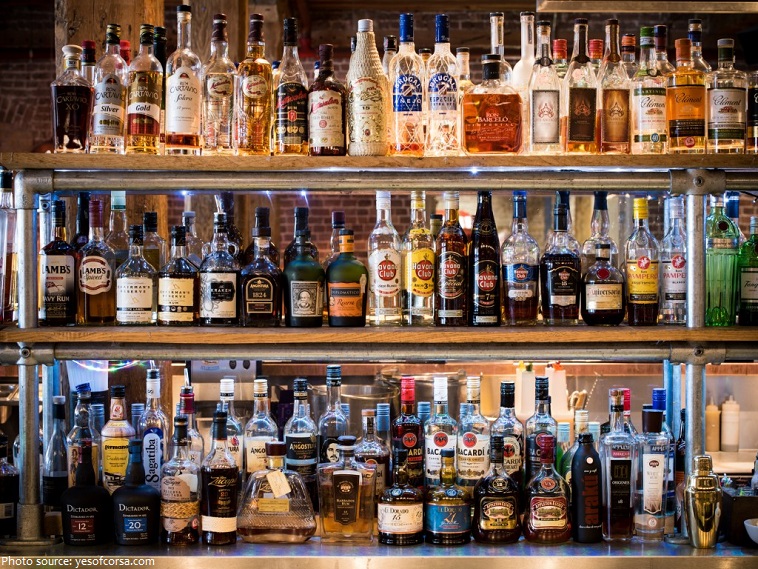
A cocktail is an alcoholic mixed drink, which is either a combination of spirits, or one or more spirits mixed with other ingredients such as fruit juice, flavored syrup, or cream. There are various types of cocktails, based on the number and kind of ingredients added. People have been mixing drinks for centuries, often to make an ingredient more palatable or to create medicinal elixirs. It wasn’t until the 17th and 18th centuries that the precursors of the cocktail (e.g., slings, fizzes, toddies, and juleps) became popular enough to be recorded in the history books.
Alcohol is one of the most widely used recreational drugs in the world, and about 33% of all humans currently drink alcohol.
Discovery of late Stone Age jugs suggest that intentionally fermented drinks existed at least as early as the Neolithic period (c. 10,000 BC).
Several animals (but not all) are affected by alcohol similarly to humans and, once they consume it, will consume it again if given the opportunity, though humans are the only species known to produce alcoholic drinks intentionally.
